NASA Crowns Winner in Mars Habitat Competition
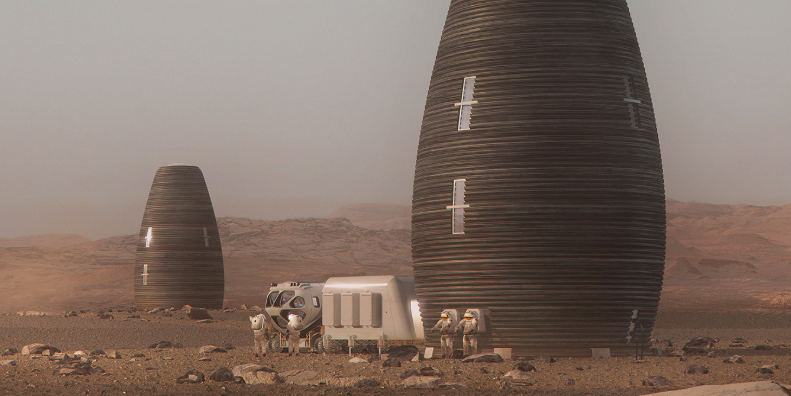
What would life on Mars look like? NASA thinks it's getting one step closer to figuring it out. The Agency has awarded a combined $700,000 to the first and second-place teams in its 3D-Printed Habitat Challenge.
Self-described "multi-planetary architectural and technology design agency" AI SpaceFactory, based in New York, took first place with $500,000. A team of professors from Penn State finished in second with $200,000.
AI SpaceFactory places first in the NASA 3D Printed Habitat Challenge! Thank you all for your support. pic.twitter.com/6neyAuvcfR
- AI SpaceFactory (@AISpaceFactory) May 5, 2019
AI SpaceFactory beat over 60 other teams in the finale of an ongoing competition that began in 2015. NASA ran the contest in conjunction with Bradley University of Peoria, Illinois, where the final challenges were held.
For the On-Site Habitat Competition, teams had to autonomously print a one-third-scale habitat. This habitat had to be built from recyclables and materials that could be found on deep-space destinations, like the Moon and Mars.
Teams built their habitats in 10-hour increments as a panel of judges watched. Once complete, the structures were tested for material mix, leakage, durability and strength.
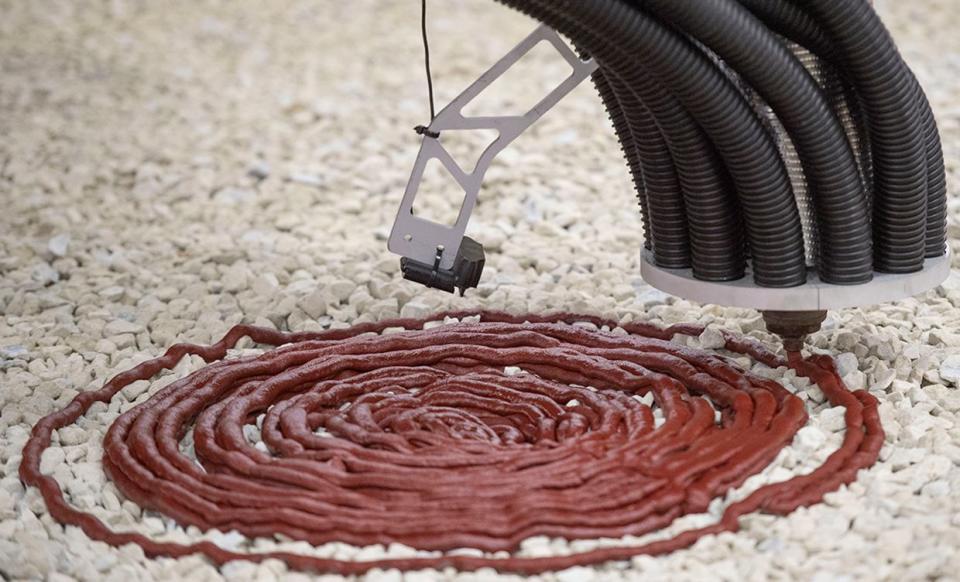
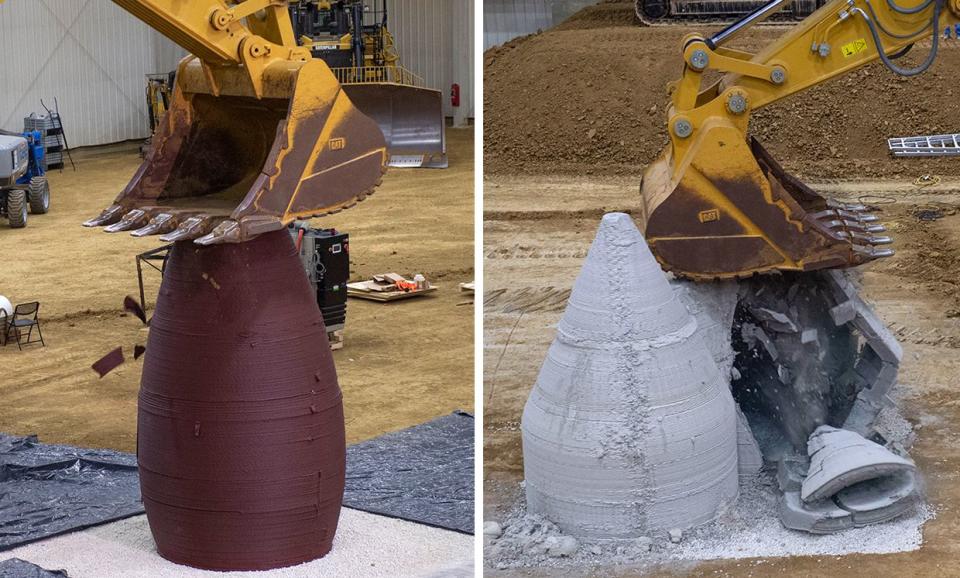
"The final milestone of this competition is a culmination of extremely hard work by bright, inventive minds who are helping us advance the technologies we need for a sustainable human presence on the Moon, and then on Mars,” says Monsi Roman, program manager for NASA's Centennial Challenges, in a press statement.
“We celebrate their vision, dedication and innovation in developing concepts that will not only further NASA’s deep-space goals, but also provide viable housing solutions right here on Earth."
The winning design, named MARSHA, was built from a biopolymer basalt composite and "marks a radical departure from previous Martian designs typified by low-lying domes or buried structures," according to the winning team. Instead of building MARSHA to fight off gravity and wind, AI SpaceFactory designed it to combat internal atmospheric pressure and structural stresses. For the design firm, that means using a vertical container with a minimal footprint.
"It's light, and it's strong, like an airplane," says Lex Akers, Dean of the Caterpillar College of Engineering and Technology at Bradley University, in the press statement. "That's going to be very important for these types of habitats."
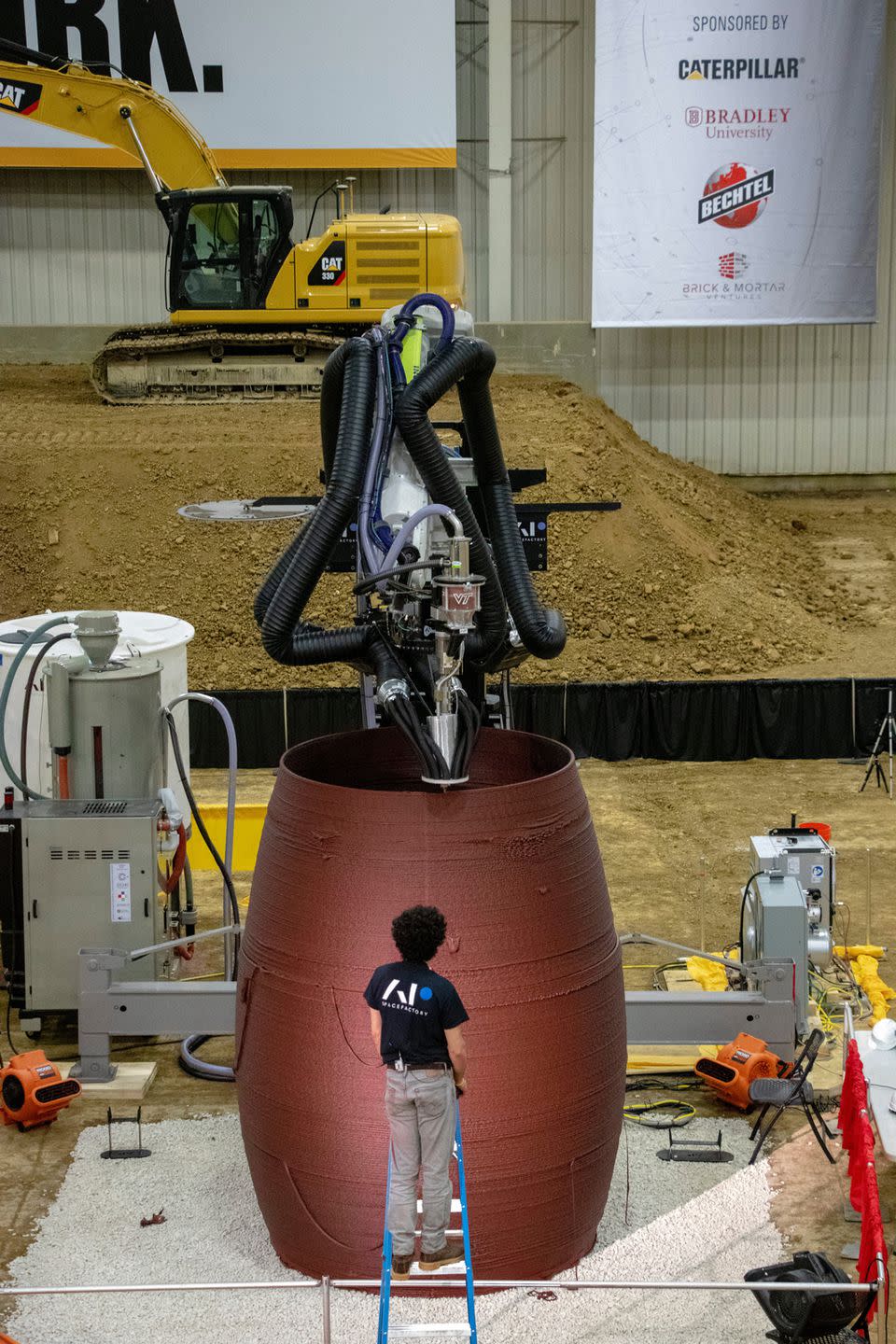
Research shows architecture has an impact on human psychology, and any habitat on Mars would likely carry extra emotional significance due to its isolation, at least at first. That gives housing a responsibility to draw out a person's social tendencies.
"MARSHA's functional areas are spread over four levels identified by a unique interior atmosphere that encourages mobility and averts monotony," AI SpaceFactory says. "Via the large skylight above and intermittent windows, the space between the two shells acts as light-well connecting all levels with diffuse natural light. This unique space allows for a stair to arc gently from floor to floor, adding dimension to daily life."
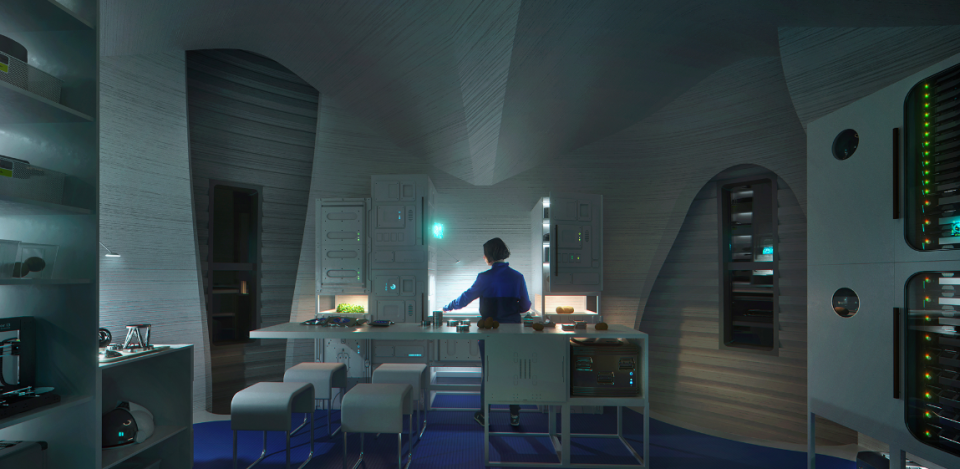
To that end, each MARSHA level has at least one window. Combined, all of the windows equal a 360-degree view of the surrounding area. With a casing that would keep inhabitants safe from radiation, it would also use circadian lighting designed to recreate Earth-style light in an attempt to ease the isolation of the planet.
AI SpaceFactory doesn't plan to limit its MARSHA plan to hypothetical competitions.
"We developed these technologies for Space, but they have the potential to transform the way we build on Earth," says David Malott, CEO and Founder of AI SpaceFactory. "By using natural, biodegradable materials grown from crops, we could eliminate the building industry's massive waste of unrecyclable concrete and restore our planet."
SpaceFactory plans on starting with TERA, an eco-habitat in upstate New York that it will be crowdfunding on Indiegogo. As proof of its dedication to environmental practices, AI SpaceFactory will be making TERA out of recycled MARSHA.
Source: NASA
('You Might Also Like',)

